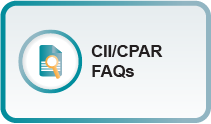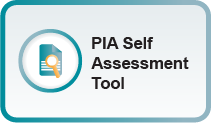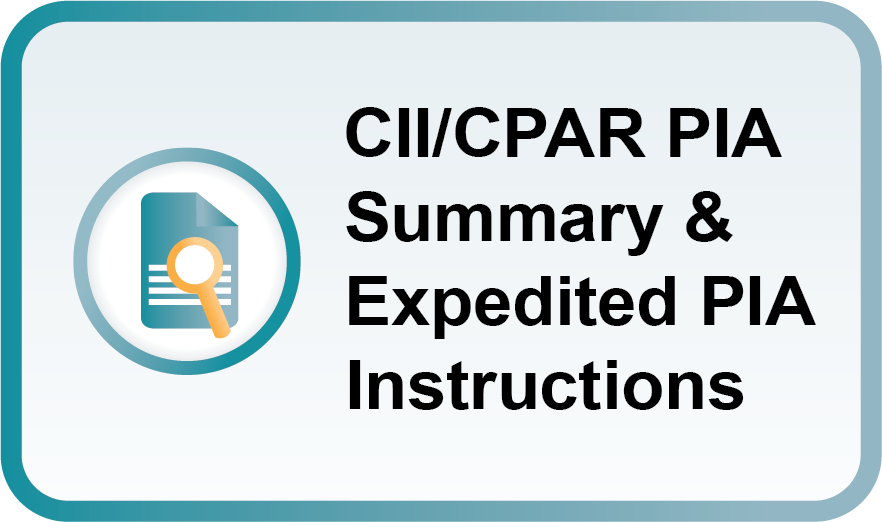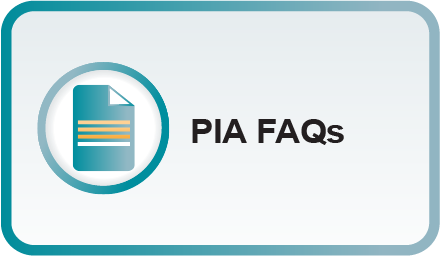Nurse Practitioner Primary Care Program
For detailed information about the program, visit the Nurse Practitioner Primary Care Program on Alberta.ca.
To apply for the Nurse Practitioner Primary Care Program please contact the Alternative Compensation Delivery Unit at health.npprogram@gov.ab.ca
What is CII/CPAR?
CII allows nurse practitioners to share essential patient information with Alberta Netcare, including consult letters and details of patient visits, which contribute to Community Encounter Digests (CEDs) between community EMRs and other care providers via Alberta Netcare. This enhances communication among health care providers across the province, promoting continuity of care between the Patient’s Medical Home and Health Neighborhood.
CPAR is an enabler for continuity between patients and their providers in Alberta. It collects the confirmed panels of nurse practitioners and other providers to identify primary provider-patient relationships. Patient-provider relationships are shared to Alberta Netcare, so other providers are aware of the relationship. CII can also send electronic notifications to CPAR providers when their patients undergo emergency department visits, hospital admissions, or day surgeries, ensuring that nurse practitioners stay informed about their patient’s health care journey.
Prerequisites for Participation
Clinical Prerequisites
- Clinic must be using the latest version of a conformed Electronic Medical Record (EMR)
- Clinic EMR Privacy Impact Assessment (PIA) must be up to date
- Clinic must be live on Alberta Netcare
- Clinic must be panel ready
- Panel identification and maintenance processes must be in place
- The CII/CPAR Panel Readiness Checklist can help to see where your clinic stands
Panel Readiness
The clinic must have a process in place to actively ask patients about their attachment:
- Patients are asked consistently to confirm that their nurse practitioner is their one and only provider for comprehensive, longitudinal primary care.
- Attachment information is recorded in the clinic EMR including the date of confirmation. Note: for inclusion in CII/CPAR panels patients MUST have a date of last visit and a confirmation date
- Confirmation rates are calculated regularly as a process check.
- The clinic EMR is used to produce lists of each provider’s paneled patients.
For more information about paneling, refer to the Panel Processes Change Package summary.
Prerequisites for Participation
If you previously completed a PIA, use the self-assessment tool to determine if a PIA update is required for your clinic. If you cannot locate your PIA number, consult the quick reference How to Find Your PIA Number.
For guidance on completing a PIA, consult the Materials below.
For detailed information visit the Privacy and Security Prerequisites page.
CII/CPAR Registration Process
Successful applicants for the Nurse Practitioner Primary Care Program will be guided through the registration and onboarding process by the Alternative Compensation Delivery Unit (ACDU) and the eHealth Services team. The process begins with the submission of a Confirmation of Participation (CoP) form which will be provided by the ACDU as part of the nurse practitioner application approval email . Once the CoP form has been submitted, the eHealth team will support nurse practitioners through onboarding and implementation.
Clinic Roles and Responsibilities
- Site Liaison – is the primary point of contact at the clinic for the eHealth team as the clinic goes through onboarding
- CPAR Access Administrator – grants and removes access to the CPAR portal for CPAR Panel Administrators
- CPAR Panel Administrator – responsible for maintaining panel lists for participating providers and downloading reports from the CPAR portal
For a more detailed description of these roles and responsibilities please refer to the CII/CPAR quick reference Roles and Responsibilities.
Panels
With that in mind, a CPAR panel of patients can be thought of as that group of patients for whom you:
- Provide comprehensive longitudinal care and consider that you “quarterback” their care, and wish to
- declare yourself to the rest of the health care system as their primary provider, or as a partner in their primary care team in Alberta Netcare Portal (ANP)
- receive eNotifications of events at AHS facilities such as Emergency Room (ER) discharges, inpatient admissions and discharges, and day surgery discharges
- receive panel conflict reports for those patients who are on your panel and also on the panel of another or other primary provider(s)
- For more information about panel readiness and for links to more information about paneling in your practice please see the CPAR Panel Readiness Checklist.
Encounters and the Community Encounter Digest (CED)
- Service providers and delivery location
- Encounter: Patient reason and provider assessment
- Health concerns (problems/profile items)
- Possible allergies
- Observations (e.g., blood pressure, height and weight)
- Immunizations
- Referral requests (these remain on the CED for 36 months)
*Important: Information is not pulled from subjective or note fields
The CED is a rolling snapshot of care that an Alberta patient has received to provide an at-a-glance view for other providers.
Information is added to the CED if it is recorded during a patient visit.
For a more detailed description of the CED and how information flows from your EMR please refer to the CII/CPAR CED quick reference.
Post Implementation
- Keep panels up to date in your EMR so CPAR information is accurate
- Ensure panel uploads are successful each month
- Develop a panel conflict management process
- Periodically check that information in CED entries looks appropriate
For a more detailed description of post implementation activities please refer to the CII/CPAR quick reference Post Implementation Checklist.







